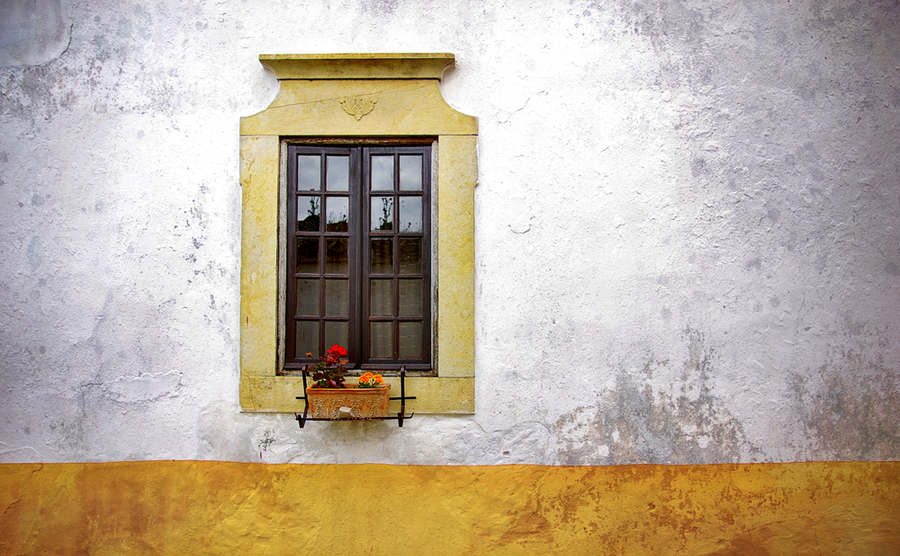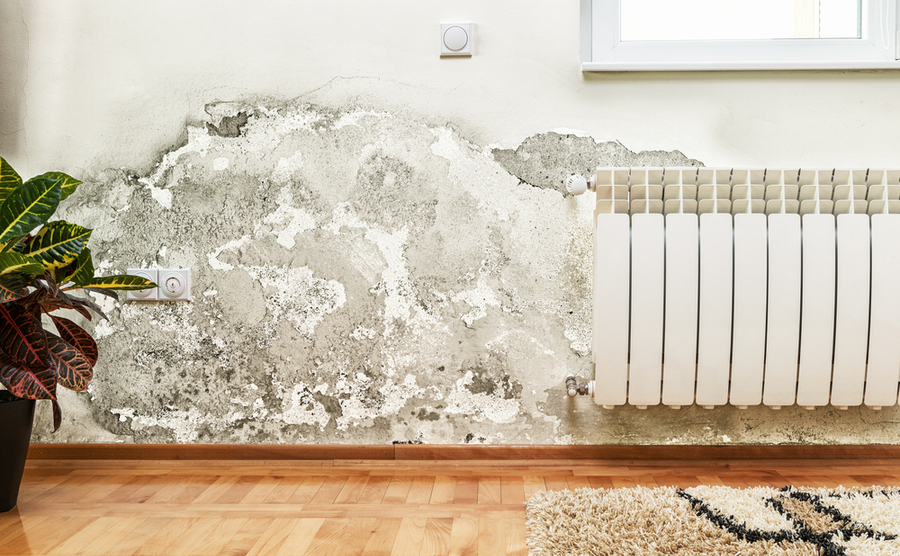Life in Spain is (almost!) back to normal. The property market has also started to recover, with home sales up 25% this summer, compared to the same time in 2019. But as we near the two-year mark since the start of the pandemic, some Spanish properties are still sat empty, with many receiving little to no maintenance throughout this period.
We spoke to Campbell Ferguson, Founder and Managing Director of Survey Spain, who shared his expert advice on buying an empty property in Spain, including what to look out for and how to avoid taking on somebody else’s problems!
Make sure you are fully aware of what you are buying. Get in touch with Survey Spain today!
What should buyers consider when looking at properties that may not have been used since the summer of 2019?
After two years of sun, heat, wind, and rain, an unmaintained property is likely to need a bit of TLC.
Be prepared to tame an overgrown garden, touch up some paintwork and maybe even replace the guttering, roof tiles and other items that have been exposed to the weather.

Be prepared to tame an overgrown garden, touch up some paintwork and maybe even replace the guttering
At this time of year, especially, the sun still has heat, but the temperature at night can get down to relatively low single figures. Away from the coast, frost is also a distinct possibility in the colder snaps. Properties can therefore be exposed to considerable temperature differences throughout the year, and even throughout the day.
This inevitably causes minor fissures in the surface render of the walls. It can also cause the drying out and cracking of window and door surrounds, tile grouting and woodwork. These need to be filled and maintained on a regular basis to avoid rainwater getting into the house itself.
Regular maintenance is even more important for beachfront houses that get sandblasted and covered in salt spray during the winter storms.
What are the likely defects that may have occurred?
The most common defects we see in all our building surveys are those related to damp.
Many Spanish properties are designed to withstand the four or five months of summer heat and dry weather, but the seven or eight months of cooler and wetter weather are often overlooked.
For houses that have been empty for two years, any existing damp problems will have only got worse. There may be condensation throughout, which causes mould growth in dark cold corners, especially in the upper parts of the house and the basement.
Many properties also do not have guttering and downpipes to take away roof water from the house. This causes the rain to pour off the roof and down to the foundations, eventually causing damp in the basement. The damp can sometimes even reach into the ground floor.

The most common defects we see in all our building surveys are those related to damp.
If the property has had proper drainage installed, this damp risk should be much reduced, however, in the long-term, it is best to install guttering.
Additionally, when water services are connected, there can be damage caused by burst pipes or just accidental overflows. This water gets underneath the floor tiling and can take years to evaporate out, often causing damp in the walls as they soak it up.
If this is the case with the property you are buying, the only 100% solution is to lift the tiling and sand bedding underneath, remove the damaged wall plaster, leave the area to dry out, (ideally over hot summer months) and then replace everything.
Which types of property are more likely to be affected by these defects?
Villas and independent properties are more at risk to these problems. Apartments and townhouses are normally within a community administration, which covers all the external walls and roof, so it’s only internal problems that need to be worried about.
Anything else buyers should know?
Ask questions and insist upon getting the necessary documents
My first piece of advice would be to ask why the property has not been occupied for the last two years. Make sure that the property has all the proper permissions, especially the first occupation license. Without that you cannot connect to mains water, electricity or sewage.
Also make sure that when you are looking at a property, you are given a copy of the energy certificate. With the rising cost of energy and increasing penalties on carbon dioxide creation, it’s likely that poorly graded properties will become much more expensive to run and could therefore lose their value unless improved. You have a right to this certificate, so you should insist upon it. Do not accept it just being provided at the notary when you purchase.
Check who the previous occupants were
Check that the property has not been occupied by squatters or informal tenants. With the increasing protection being given to both, the owner of a property may not be able to get occupation easily.
Understand the costs
If you are wanting to rent out the property to cover the cost of a mortgage, for example, make sure that you are aware of all the costs and taxes that will apply to rental income. These have changed for Brits due to Brexit.
All the above also relates to new and bank ‘resale’ property, as the basic building could have been part finished for years, before finally being cleared for marketing. Ensure that building, construction and design guarantees still apply.
The importance of getting a survey done
When buying any property in Spain, getting a survey done will ensure you are fully aware of what you are purchasing.
All the problems I have mentioned, and many more, will be brought forward by your building surveyor. They will provide complete transparency about whether you are buying somebody else’s problems, or whether this is the house for you to relax in and enjoy for many years to come.

All the problems I have mentioned, and many more, will be brought forward by your building surveyor.
Sellers often say that nobody gets a building survey in Spain, but that is not correct; Survey Spain has never been so busy as now!
We have surveyors in all the Costas of Spain, plus the islands and will be pleased to discuss your property with you before and, more importantly, after carrying out the survey.
A full report is given in English, ideally within seven days of the inspection, with a short email of headlines of our findings being provided within 24 to 48 hours of the inspection. Get in touch today!
You can find more information on getting a property survey in Spain, including the main types of surveys, here.











